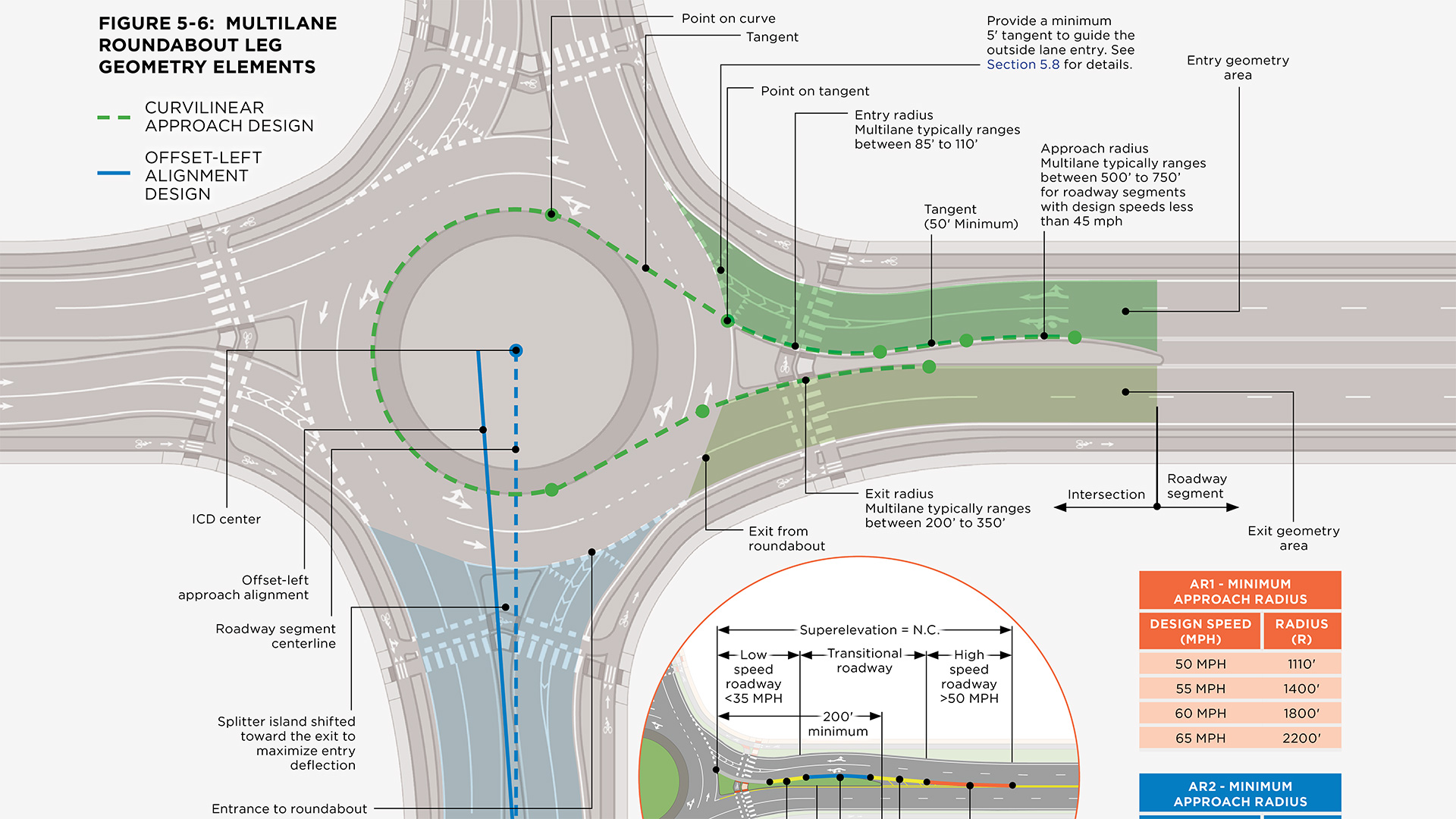Challenge
Despite its prevalence as a transportation mode, walking receives less attention than the motor vehicle mode in terms of national guidance and methods to support planning, designing, and operating safe, functional, and comfortable facilities.
Solution
Kittelson partnered with Portland State University and the Highway Safety Research Center at the University of North Carolina to lead research to update Highway Capacity Manual (HCM) pedestrian analysis methodologies. A major portion of the research evaluated the effects of safety countermeasures at street crossings on pedestrian quality of service (QOS). Other research tasks improved HCM pedestrian delay methodologies, developed an HCM-compatible technique to evaluate the quality of networks of pedestrian facilities, and synthesized best practices for estimating pedestrian volumes and exposure.
Using pedestrian intercept surveys, video data collection, and a naturalistic walking study using biosensing wristbands, our research team investigated how the presence of specific pedestrian safety countermeasures (e.g., marked crosswalks, median island refuges, rectangular rapid-flashing beacons, leading pedestrian intervals) affects pedestrian satisfaction while crossing the street.
The Outcome
Developing Pedestrian Methodologies for Safe and Sustainable Communities
NCHRP released Research Report 992: Guide to Pedestrian Analysis in 2022. The guide is a reference for planners and engineers who want to quickly access information on pedestrian volume counting, pedestrian safety analysis, pedestrian operations analysis; and pedestrian quality-of-service analysis.
New and updated HCM pedestrian methodologies included:
- A new method for evaluating pedestrian satisfaction and associated LOS at uncontrolled pedestrian crossings
- An updated method for estimating pedestrian delay at uncontrolled pedestrian crossings, including up-to-date information on motorist yielding rates for a wide variety of safety countermeasures
- An updated method for estimating pedestrian delay at signalized crossings covering a wider range of situations, including two-stage crossings, two-leg crossings, exclusive pedestrian phases, and crosswalk closures
- An update to the “roadway crossing difficulty” component of the HCM’s urban street pedestrian LOS method



